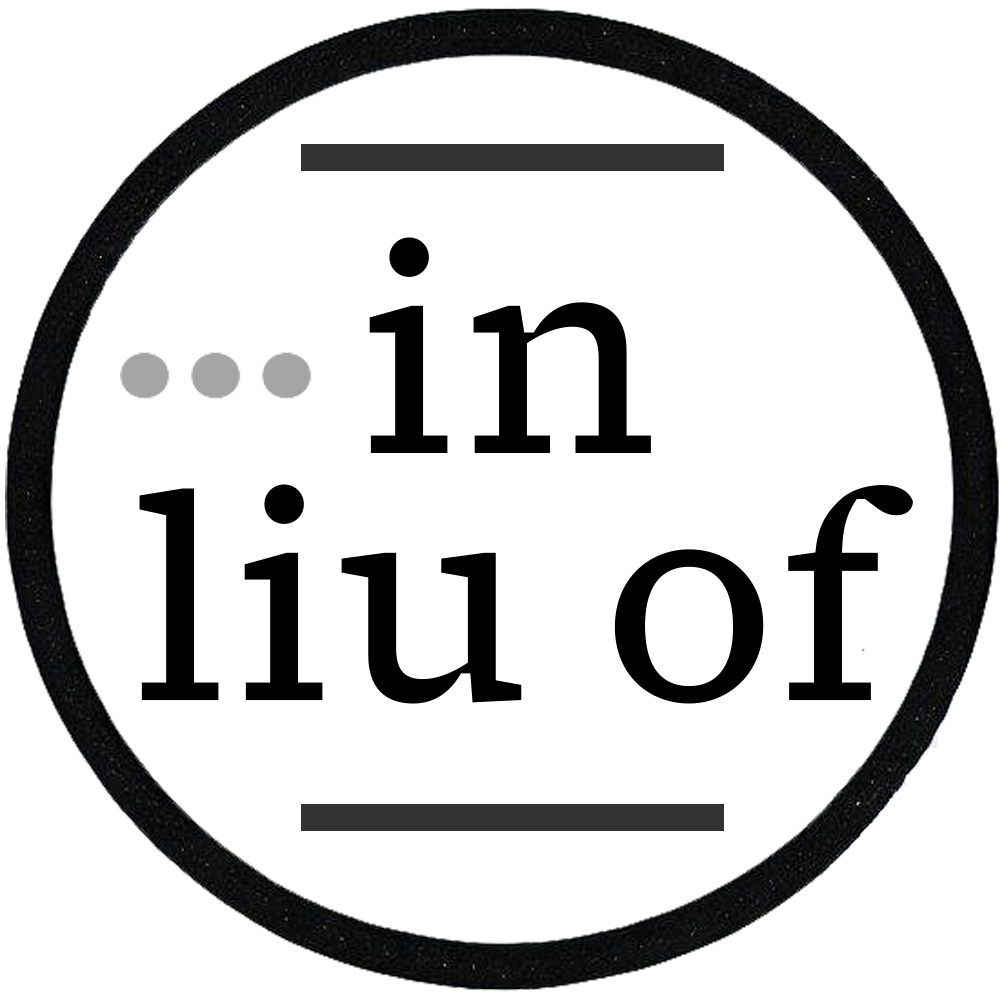Since it’s articulation by Brad Frost in 2013, Atomic Design has become one of the most popular paradigms for building front-end experiences. In a nutshell, it champions a ‘bottom-up’ design perspective, breaking down web interfaces into fundamental building blocks — much like atoms in chemistry. The benefits of this approach are fairly obvious: reusability of building blocks, which also confers visual consistency across your entire user experience. You can adjust a single component like a button, and see the effects propagate across every interface in your system.
While this is all well and good, one of the gripes I have with this paradigm is that it pulls the focus of your team down to nitty-gritty details instead of the big picture. For early startups, I think investing lots of human capital into building a comprehensive design system is counterproductive. Rather than tweaking microscopic components, founders should be focusing on the top-down view of what features their customers need, and how to build them and ship them as quickly as possible. If your product is solving a problem that’s painful enough, the customer will forgive you if it looks a little ugly or inconsistent. In fact, I think the marker of a good business model is sustained growth in traction in spite of poor execution of small details.
Another argument is that startups frequently pivot their product features and customer segments targeted. This usually works to reduce the useful lifetime of a design system. To illustrate, let’s hypothetically consider you are building an app that targets parents of young children. In your design system, you’ve gone for a kid-friendly aesthetic, with bright pastel colors and playful fonts. A few months later, you pivot and instead decide the market opportunity is in selling to owners of daycare businesses. As this is a very different demographic of people (usually older adults), there’s inevitably going to be a different set of design needs.
I am not making the unilateral statement that there isn’t a role for Atomic Design. The ideals of consistency and reusability are great for aligning large teams of designers and developers working on stable, mature products. A hidden benefit of the hierarchy of components it champions is the implicit structure it imposes on your assets, which is helpful for managing work outputs by large teams. I also believe that startups should consider reusability when building interfaces. It’s just that I think this should happen largely after some stability in product vision and business model has been reached.
